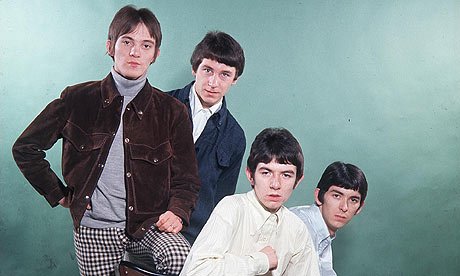
Released 25 August 1939, The Wizard of Oz is almost universally considered one of the greatest films of all time. Has anyone not seen this film at least once?! Giving a plot summary seems almost pointless, since everyone’s familiar with it! The Library of Congress says it’s the most-viewed film in history.
The film came out in what many historians and laypeople alike consider Hollywood’s all-time greatest year. So many classic films débuted in 1939. I’d rate 1927 as the next-greatest year for film.
L. Frank Baum’s 1900 children’s novel The Wonderful Wizard of Oz has been adapted to the silver screen 23 times since 1908, including films about side characters, parodies, sequels, cartoons, and loose adaptations. The most famous is the seventh version discussed here.
The film is famous for starting in black and white, shifting to Technicolor, and ending in B&W. It shows the two artistic modes of filmmaking can exist side-by-side harmoniously, just as many films in the late Twenties (and in some countries into the Thirties) wonderfully blended both silent and sound storytelling.

Dorothy Gale (Judy Garland) and her little dog Toto (a female Cairn Terrier named Terry) live in rural Kansas with Dorothy’s Aunt Em and Uncle Henry. Trouble starts when busybody neighbour Almira Gulch complains Toto bit her and gets an order from the sheriff to have Toto euthanised.
Dorothy, bound and determined to protect her furry buddy, bicycles away with Toto, but he jumps out of the basket and runs back to the farm. Dorothy then decides they’ll run away. While on the run, she meets Prof. Marvel, a fortuneteller who shows her a crystal ball image of Aunt Em dying of heartache.
Dorothy, plagued by guilt, bicycles home just as a tornado hits. The storm cellar is inaccessible, so she runs to her room. Dorothy falls unconscious before the house is lifted up and starts spinning in the air.

Dorothy lands in Munchkinland, an area in the magical Land of Oz. The Munchkins and Glinda, the Good Witch of the North, greet her as a grand conquering hero, since the house landed on the Wicked Witch of the East and killed her. All that can be seen of her are her legs poking out from under the house.
The Wicked Witch of the West presently arrives to claim her sister’s ruby slippers, which Glinda magically transfers onto Dorothy’s feet. Before the Wicked Witch of the West departs in a column of fire, she furiously swears she’ll capture Dorothy, Toto, and the slippers.
Glinda tells Dorothy to follow the yellow brick road which leads to Emerald City, where she can ask the great, mighty, and powerful Wizard of Oz for help in going home.

Along the way, Dorothy meets the Scarecrow (Ray Bolger), who longs for a brain; the Tin Woodsman (Jack Haley), who wants a heart; and the Cowardly Lion (Bert Lahr), who desires courage. Dorothy invites them to come with her to Emerald City so they can have their own wishes fulfilled.
Along the way, the Wicked Witch of the West puts many obstacles in their way, but their progress is never thwarted. When they finally arrive, the Wizard of Oz, who appears as a floating head surrounded by smoke and fire, promises to help them if they bring back the witch’s broomstick.
The danger intensifies when they reach the witch’s castle.

This film has more than earned its reputation as one of the greatest of all time. It’s aged so well, and can be enjoyed by people of all ages, on different levels. I also highly recommend seeing it on the big screen if you can. I saw it at a local indie theatre in March 2017.


